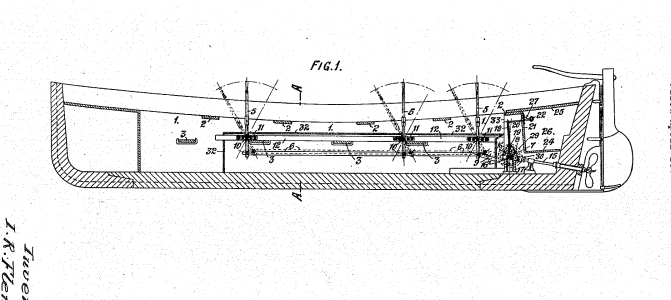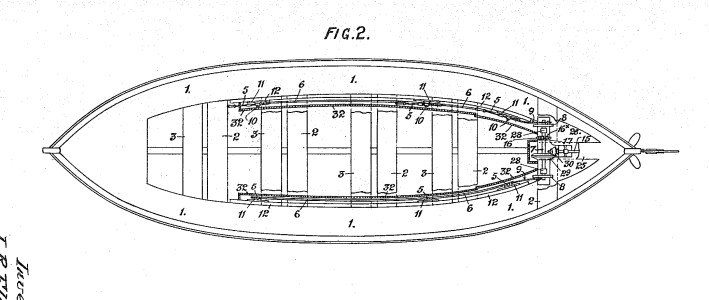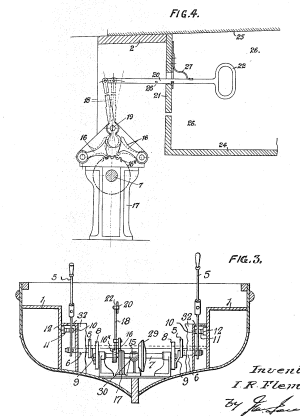Greenheart
Well-Known Member
I just saw the last three-quarters of a 1957 film called 'Abandon Ship', or under the UK title, 'Seven Waves Away'.
Ship sinks, captain of the overcrowded lifeboat has to pick who to throw overboard.
Far more interesting was the number of times the survivors were told "Row, row for your lives!" or similar, but at no point were any oars visible.
Instead, a couple of chaps were shunting levers, attached to the floor of the boat, back and forth. The photo isn't great but you can see the levers...

What sort of propulsion was that?
.
Ship sinks, captain of the overcrowded lifeboat has to pick who to throw overboard.
Far more interesting was the number of times the survivors were told "Row, row for your lives!" or similar, but at no point were any oars visible.
Instead, a couple of chaps were shunting levers, attached to the floor of the boat, back and forth. The photo isn't great but you can see the levers...

What sort of propulsion was that?
.




